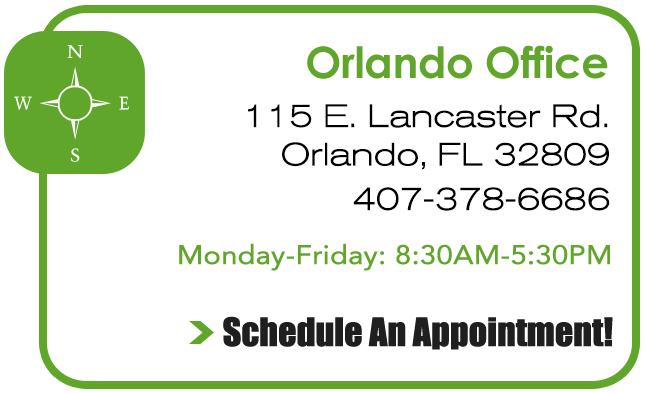Platelet Rich Plasma
PLATELET RICH PLASMA (PRP) Injections – FACE
HAVE YOU EVER...
Have you ever noticed that your skin tone is simply not as healthy and smooth as as in your youth – however it is you define that sense of youth? Have you ever lamented at the gradual appearance of those fine lines and loose, sagging skin around your eyes, cheeks or mouth? Have you noticed that you are increasingly conscious of that puffiness and those dark circles below your eyes?
WHAT IS THIS “NEW” THING - PRP?
One of the best and most recommended solutions to these types of issues of aging skin is found in Platelet Rich Plasma (PRP) therapy. PRP in it's current iteration is an artifact of advanced understanding of biology that has increased exponentially since the turn of the century. PRP is a treatment technology that utilizes components and artifacts inherently present in a person’s own body and blood in order to rejuvenate and regenerate their own skin, revitalize collagen and support healthy, youthful looking skin.
HOW IS PRP BEING USED?
Platelet Rich Plasma has a lengthy history of being applied as an adjunct to a well-conceived treatment plan that may include surgery as well as in orthopedic medicine. Today, PRP is also being used in other branches of medicine including dermatology, cosmetic facial rejuvenation as well as wound healing. The peer reviewed literature, studies and evidence overwhelmingly suggest that PRP generates new collagen as it becomes infused into the skin, dermal layers and connective tissue. More recent studies reveal that PRP may ease sun damage as well as aging skin problems.
WHERE DOES PRP COME FROM/ HOW DO WE GET PRP?
PRP is a natural artifact of the liquid connective tissue produced by your own body. Via a simple blood draw, a minor amount of your own blood is drawn into an appropriate sterile tube. Using an appropriate centrifuge machine, the blood is spun down in order to separate & concentrate those beneficial bio-factors such as stem cells, growth factors and platelets that are inherent to you, that exist with in you, but are dispersed in a diffuse and inefficient way – these still being very important for connective tissue healing – YOUR tissue. This minute amount of blood containing a high concentration of platelets and growth factors is referred to as Platelet Rich Plasma (PRP).
WHAT DOES PRP DO?
PRP is best known for its wonderful act of skin rejuvenation. When PRP is introduced appropriately into targeted areas of the damaged connective tissue, PRP's high platelet concentration & other beneficial bio-factors function as a matrix that stimulates the growth of new collagen, revitalize connective tissue and ultimately lead to a restored smoothness and firmness to skin. As a result, PRP treatment has been shown to treat wrinkles and contribute to a smoother skin feel and tone.
PRP & OTHER SKIN INJECTIONS
There exist a huge difference between PRP therapy and so called other skin injections like Botox & dermal fillers. Most dermal fillers are composed of viscous, gelatinous materials which fill those lines and folds that develop on the skin over time. Fillers typically last for short period of time and require regular & repeated treatments achieve the desired results.
ON THE OTHER HAND...
On the other hand, PRP has been shown to fuel collagen growth for impressive and significant facial rejuvenation versus that of individual wrinkle enhancement. Platelet Rich Plasma therapy is recommended for those faces that appear drawn or sallow, to soften under eye puffiness, to support overall skin tone, texture and tightness and support those areas where fillers are not typically able to effectively reach. Fillers have shown success when applied together with PRP given that those two forms of skin treatment actually serve different purposes and act in a synergistic fashion. Those fillers tend to expand into those particular wrinkles while PRP serves to enhance the repair, restoration and rejuvenation for wrinkle improvement.
TREATMENT TARGETS
There is enough evidence to show that Platelet Rich Plasma can be used to treat several skin issues such as Diabetic foot ulcers, bedsores, thermal burns, hair loss, superficial and surgical injuries and skin graft donor sites. Others include facial rejuvenation and post-traumatic scars.
